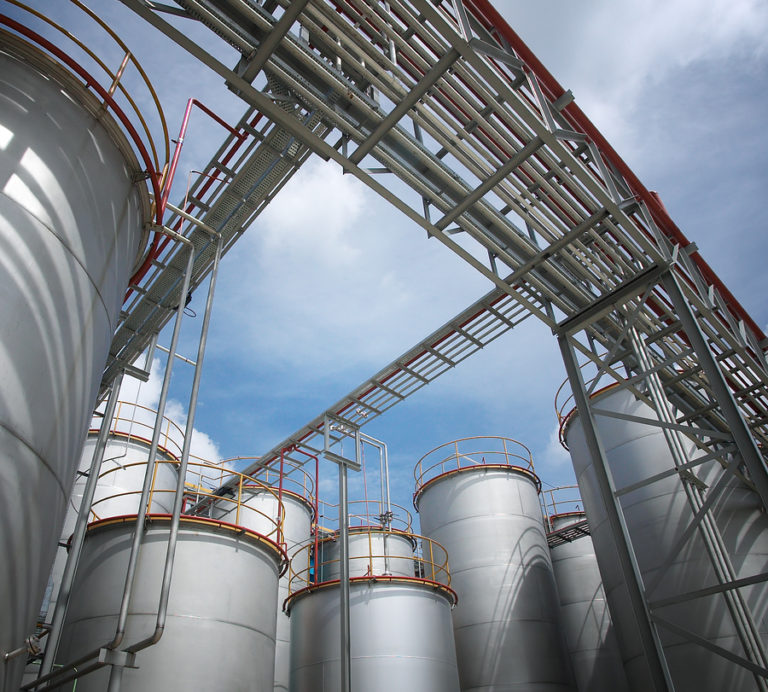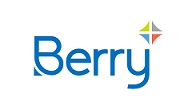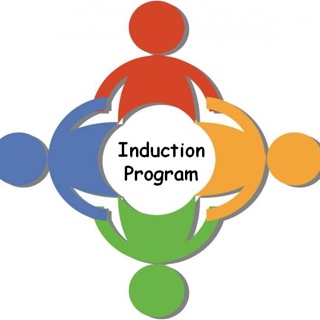Information
-
Tour conducted by
-
Conducted on
-
Location
Tour Checklist
Introduction
-
Tour starts at employee entrance, each category will take the new employee on a loop of the shop floor. The safety information must be explained at the relevant places on the route. All boxes need to ticked yes.
-
Name of new employee/trainee
-
Photo of new employee/trainee
1. Parking area
-
Explain where employees can park their vehicles.
-
Explain that the site is tobacco free and provide site specific information for employees that use tobacco products.
-
Show the location of the fire assembly points.
2. Employees entrance foyer
-
Explain how to enter and exit. Explain the proximity badge/ key fob entry and use of time clock.
-
Show employee what to do if they encounter a fire. How to call for help and/or use fire alarms.
-
Show employee the fire extinguishers located in the area.
-
Show employee the H&S at work poster.
-
Explain the weekly evacuation alarm test.
-
Show the employee first aid supplies and AED locations.
3. Locker Room/Restroom
-
Show employee restroom and locker room facilities.
-
Explain that a locker will be allocated. Explain what items can and cannot be stored in lockers.
4. Entry to main production area from employee entrance.
-
The following points must be confirmed before entry onto production area !
-
Explain the purpose of the tour is to provide an overview of safety equipment and procedures. Employee is to stay with you at all times and should be on the lookout for mobile equipment and chemical hazards.
-
Employee must understand the minimum requirements of PPE to be worn before entry to plant floor.
-
Employee has a hard hat?
-
Employee has been issued safety shoes?
-
Employee has been issued safety glasses? Explain that contact lenses are not allowed to be worn while working in the plant.
-
Employee has been issued hi-visibility jacket or vest to wear when walking through the yard?
-
Explain the evacuation meeting areas in the event of an emergency.
5. Health and Safety communications.
-
Explain the different topics on the board, including OSHA Labor Law postings and Upcoming training dates.
-
Show employee H&S Vision, Mission and Values Poster.
-
Ensure employee understands the different ppe available.
-
Show employee location to obtain new PPE.
6. Mechanical Rooms
-
Explain areas that are typically not occupied by employees and require authorization or additional PPE to enter, such as MCC Rooms, Compressor Rooms or Blower Rooms.
7. Chemical Processing, Storage and Transfer areas
-
Inform employee that access to certain areas may be restricted to authorized personnel only, due to elevated hazards or during certain activities. Show employees caution/do not enter barriers on entrances and other warning signs and lights that may be used to warn employees of hazards.
-
Show employee the chemical spill kits.
-
Show employee the safety showers and eye wash stations in the area and how to use and test them.
-
As employees are working point out the elevated PPE requirements for employees working in the area. It's important to ensure that during tours and training the employees maintain a safe distance or don appropriate PPE if needing to observe from a short distance.
12. Forklift and Aerial lift equipment
-
Explain to employee that they are not permitted to drive forklifts or aerial lift equipment unless trained and authorized by the site.
-
Explain the dangers of industrial equipment at the corners of the plant. Inform the employee that extra care is required and to use the mirrors and listen for horns and back up alarms.
13. Warehouse
-
Show employee location of the warehouse and review safe practices around loading docks.
-
Explain to employee the requirement to be vigilant when approaching blind corners and intersections
-
Inform employee of types of materials stored in the warehouse and the chemical hazards that exist
15. Rail yard
-
Explain the hazards around the rail and safe crossing of the tracks.
-
Explain that the sidewalks along the rail will be closed during material transfers.
-
Explain to employee the different types of materials handled by rail.
17. Break rooms
-
Explain to employee the locations of the safe drinking and eating points.
-
Explain to employee that PPE is not allowed inside break rooms.
-
Show employee facilities for storage or food and drinks.
18. Managers Office
-
Show employee the location of the offices of various manager offices, safety and quality office.
Signature
-
Any questions ?
-
I have had a new employee Health & Safety tour and I understand that I have a responsibility to work safely and that my acts or omissions (such as not reporting hazards) could have an effect on my safety and fellow employees' safety.
-
Date and time



















